Stem cell division, a fundamental process in biology, underpins everything from embryonic development to the constant renewal of our tissues. These remarkable cells possess the unique ability to both self-renew and differentiate, allowing them to maintain a pool of stem cells while also generating specialized cells that perform specific functions. This duality is key to understanding how life sustains itself.
Table of Contents
Read More
Understanding stem cell division is crucial for comprehending the intricate processes of life, from embryonic development to the maintenance and repair of adult tissues. The ability of stem cells to both self-renew and differentiate into specialized cells is a cornerstone of regenerative biology. This delicate balance is not merely a biological curiosity; it holds the key to unlocking new therapies for a wide range of diseases.
Decoding the Fundamentals of Stem Cell Division
The journey into stem cell division begins with appreciating the fundamental properties that define these remarkable cells. Unlike their differentiated counterparts, stem cells possess the unique capacity for self-renewal, allowing them to divide and produce more stem cells. Simultaneously, they can also undergo differentiation, a process by which they transform into specialized cell types with specific functions. This dual capability is essential for maintaining tissue homeostasis and responding to injury.
The Intricate Dance of Self-Renewal and Differentiation
Self-renewal is the process by which stem cells replicate themselves without undergoing differentiation. This ensures a continuous supply of stem cells to maintain the stem cell pool. This is a highly regulated process. It is influenced by both intrinsic factors, such as the cell’s own genetic makeup and epigenetic modifications, and extrinsic factors, including signals from the surrounding microenvironment. Without self-renewal, the stem cell pool would quickly be depleted.
Differentiation, on the other hand, is the process by which stem cells give rise to specialized cells with specific functions. This involves a complex series of events, including changes in gene expression and cellular morphology. The signals that trigger differentiation can come from a variety of sources, including growth factors, hormones, and cell-cell interactions. These signals activate specific signaling pathways within the stem cell, leading to changes in gene expression and ultimately, the production of specialized cell types.
The balance between self-renewal and differentiation is tightly regulated to ensure proper tissue development and maintenance. Disruptions to this balance can have serious consequences, including uncontrolled cell growth and the development of diseases such as cancer. The study of these regulatory mechanisms is a major focus of stem cell research. Scientists are working to understand how these processes are controlled and how they can be manipulated for therapeutic purposes.
Unraveling the Mechanisms of Stem Cell Differentiation
The decision of a stem cell to either self-renew or differentiate is not arbitrary; it is a carefully orchestrated process guided by a complex interplay of intrinsic and extrinsic factors. The cellular microenvironment, or niche, plays a critical role in this process, providing the necessary signals to regulate stem cell division and fate. Understanding these mechanisms is crucial for harnessing the therapeutic potential of stem cells.
The Role of the Stem Cell Niche
The stem cell niche is a specialized microenvironment that provides the signals and support necessary for stem cell maintenance and function. This niche is composed of various cell types, including other stem cells, differentiated cells, and supporting cells such as fibroblasts and endothelial cells. These cells secrete a variety of signaling molecules, including growth factors and cytokines, that regulate stem cell behavior.
The niche also provides physical support for stem cells, anchoring them in place and protecting them from damage. The structure of the niche can vary depending on the tissue, but it always serves to create a favorable environment for stem cell survival and function. Disruptions to the niche can have profound effects on stem cell behavior, leading to changes in self-renewal, differentiation, and even cell death.
The niche plays a vital role in maintaining the balance between self-renewal and differentiation. By providing the appropriate signals, the niche ensures that stem cells can either replenish the stem cell pool or differentiate into specialized cells as needed. The study of the stem cell niche is crucial for understanding how stem cells function and how they can be used for therapeutic purposes. Research in this area is rapidly advancing, providing new insights into the complex mechanisms that govern stem cell behavior.
Asymmetric Division: A Key Strategy
Asymmetric division is a process by which a stem cell divides to produce two daughter cells with different fates. One daughter cell remains a stem cell, preserving the stem cell pool, while the other daughter cell differentiates into a specialized cell. This mode of division ensures that the stem cell pool is maintained while also providing a continuous supply of differentiated cells to replace those that are lost or damaged.
Asymmetric division is a highly regulated process, involving the segregation of cell fate determinants into one of the daughter cells. These determinants can include proteins, RNA molecules, and other factors that influence gene expression and cell behavior. The asymmetric distribution of these determinants ensures that the two daughter cells have different fates. This is a critical mechanism for maintaining tissue homeostasis and ensuring proper tissue repair and regeneration.
The study of asymmetric division is crucial for understanding how stem cells maintain their self-renewal capacity while also generating differentiated cells. This knowledge is essential for developing new strategies for regenerative medicine, as it allows scientists to manipulate stem cell division to promote tissue repair and regeneration. The mechanisms underlying asymmetric division are complex and involve a variety of signaling pathways and cellular processes. Researchers are actively working to unravel these mechanisms to better understand how stem cells function and how they can be used to treat various diseases.
The Consequences of Misregulation
The delicate balance of stem cell division and differentiation is essential for maintaining tissue health and preventing disease. However, disruptions to these processes can have serious consequences, leading to a variety of pathological conditions. Understanding the mechanisms that regulate stem cell behavior is crucial for developing effective therapies for diseases caused by stem cell dysfunction.
Cancer and Stem Cell Division
Cancer is a disease characterized by uncontrolled cell growth and division. In many cases, cancer cells arise from mutations in stem cells or their progeny. These mutations can disrupt the normal regulatory mechanisms that control cell division, leading to uncontrolled proliferation. This can lead to the formation of tumors and the spread of cancer cells throughout the body.
Stem cells can contribute to cancer development in several ways. Mutations in stem cells can lead to the production of cancer stem cells, which are cells that have the ability to self-renew and differentiate into various cancer cell types. Cancer stem cells are often resistant to chemotherapy and radiation therapy, making them a major challenge in cancer treatment. The study of cancer stem cells is a major focus of cancer research, as scientists seek to develop new therapies that target these cells.
Misregulation of stem cell division can also contribute to cancer development. For example, mutations in genes that regulate cell cycle checkpoints can lead to uncontrolled cell division. In addition, disruptions to the stem cell niche can create an environment that promotes cancer cell growth. The study of the relationship between stem cells and cancer is crucial for developing effective cancer prevention and treatment strategies.
Key Takeaways
The intricate dance of stem cell division and differentiation lies at the heart of tissue maintenance, repair, and regeneration. Understanding the mechanisms that govern these processes is critical for advancing regenerative medicine and developing effective therapies for a wide range of diseases. The future of medicine may well depend on our ability to harness the power of stem cells.
| Process | Description | Significance |
|---|---|---|
| Self-Renewal | Stem cells divide to produce more stem cells. | Maintains the stem cell pool. |
| Differentiation | Stem cells transform into specialized cells. | Allows for tissue development and repair. |
| Asymmetric Division | One daughter cell remains a stem cell, the other differentiates. | Ensures a balance between self-renewal and differentiation. |
We also Published
RESOURCES
- Tissue damage-induced intestinal stem cell division in Drosophila
- Stem Cell Basics | STEM Cell Information
- Hormonal Suppression of Stem Cells Inhibits Symmetric Cell …
- Intestinal Crypt Homeostasis Results from Neutral Competition …
- Asymmetric cell division of mammary stem cells | Cell Division | Full …
- Dystrophin expression in muscle stem cells regulates their polarity …
- Dividing cellular asymmetry: asymmetric cell division and its …
- Emerging mechanisms of asymmetric stem cell division | Journal of …
- Symmetric vs. Asymmetric Stem Cell Divisions: An Adaptation …
- Stem cell – Wikipedia
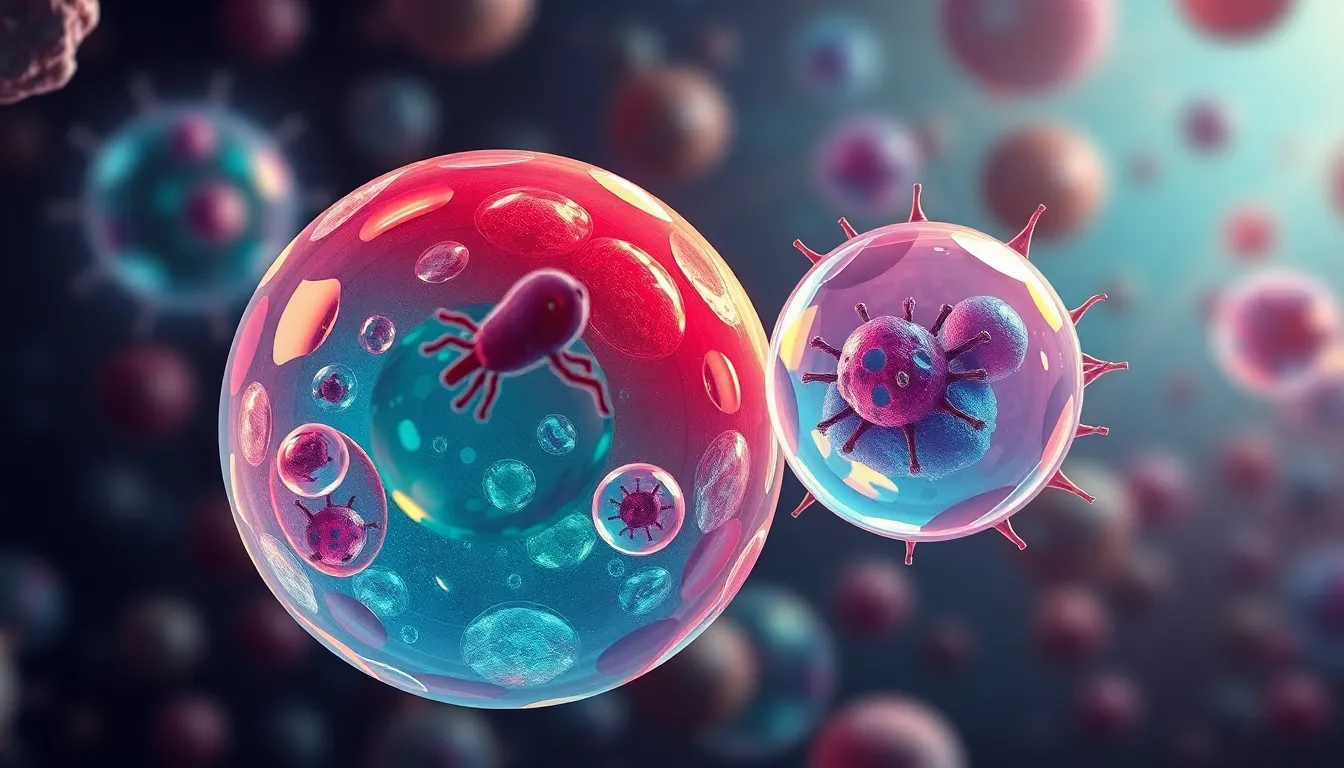
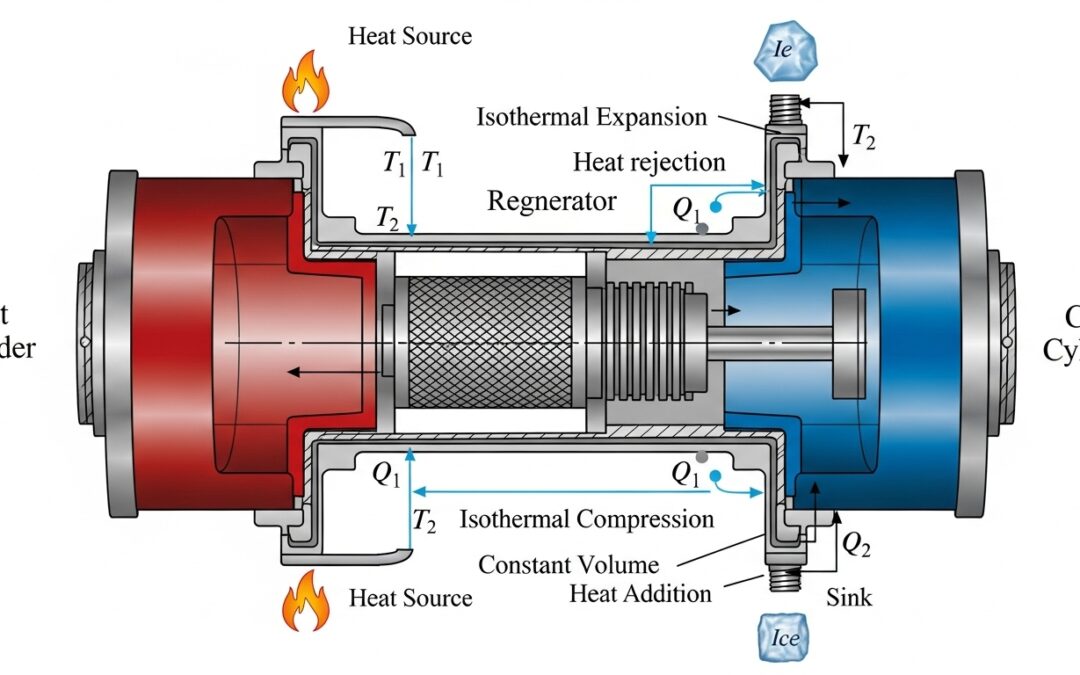


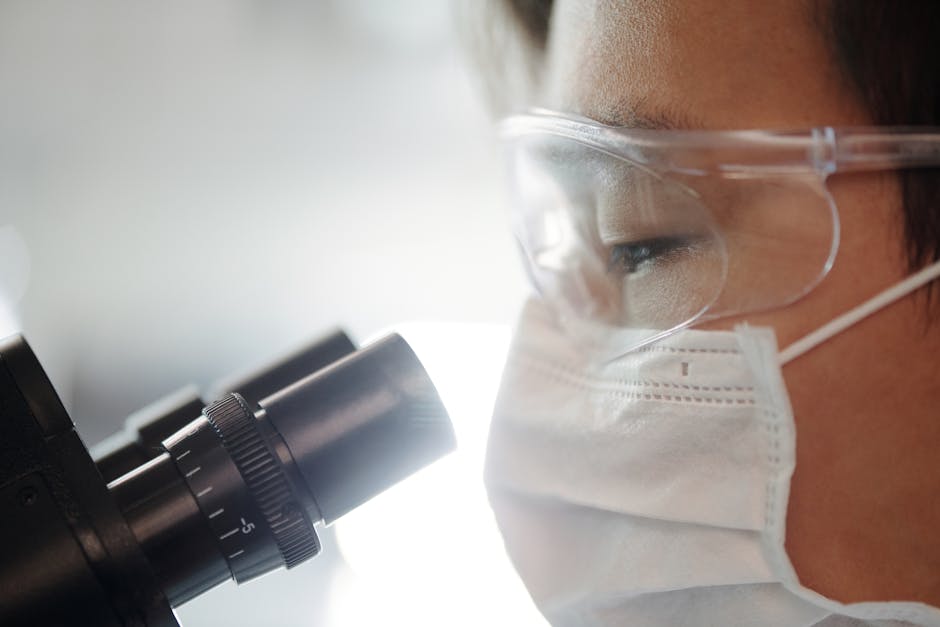
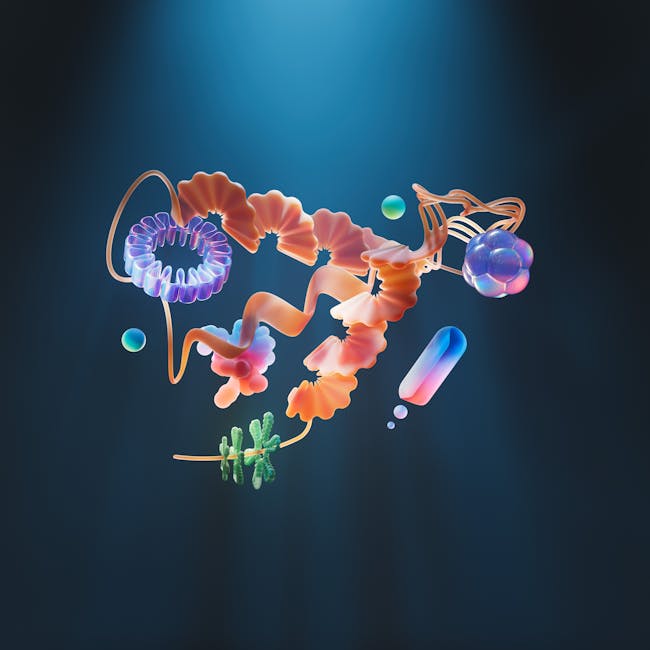
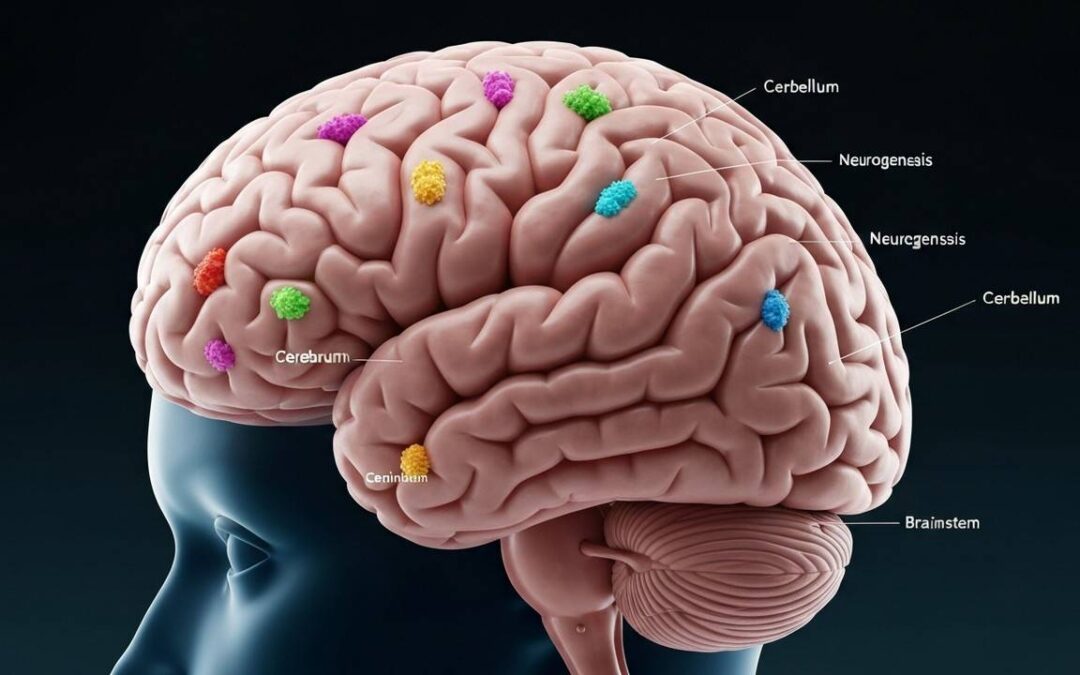
0 Comments